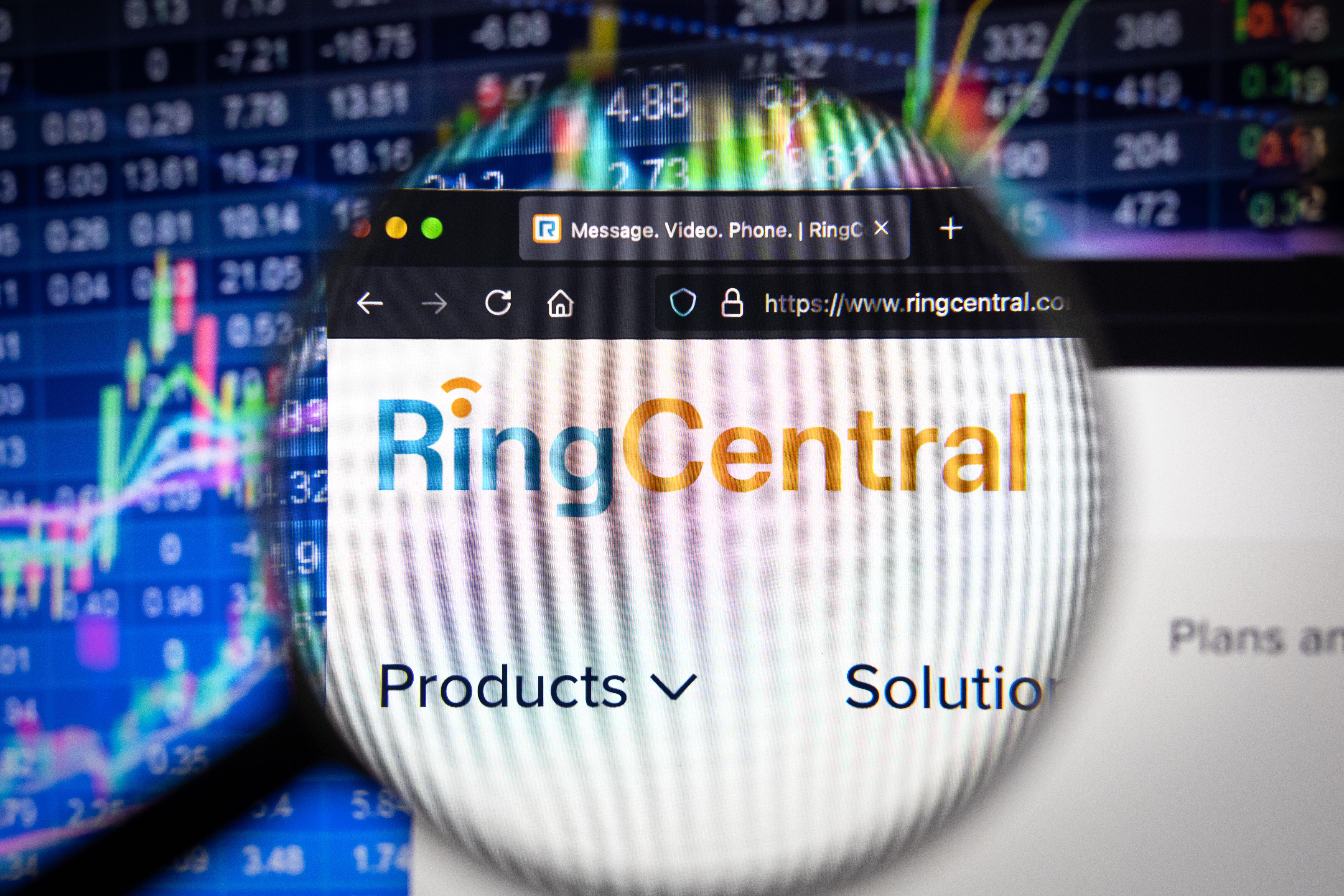This week, RingCentral announced its Q4 fiscal year 2023 results, the first results after Vlad Shmunis retook the captain’s chair of the Starship RingCentral. On Tuesday, February 20th, the company delivered results that were in line with Street expectations. RingCentral posted revenue of $571 million, which was $1 million above analysts’ consensus. Operating income came in at $117 million, which was $3 million ahead of the expected number. Looking ahead, the company put up light guidance for the upcoming quarter and full year. RingCentral guided to 8% growth for Q1 and for the full fiscal year, while the Street had a 9% estimate. This light guide shouldn’t be a surprise as RingCentral has historically been conservative, and given all the macro uncertainties, this is consistent with the past. Shmunis has often told me he would rather under-promise and over-deliver.
One notable point from this call was the strength of the enterprise business. Shmunis stated, “I am particularly proud to report that this segment (enterprise defined as $100,000+ in annual recurring revenue) has just achieved $1 billion of annual recurring revenue (ARR).” He also highlighted that 20% of the Fortune 1000 are RingCentral customers. Amongst these are two of the world's three largest hotel brands, one of the largest car rental companies, and many financial services companies. Shmunis summed up the enterprise momentum by highlighting a couple of customer wins. A Fortune 100 insurance company purchased 20,000 UCaaS seats and a Global 500 retailer bought 18,000 UCaaS seats. These data points should help shed the image that RingCentral is only for SMBs.
While steady as she goes is the theme for RingCentral right now, Shmunis noted a concerted “land and expand” approach on the call. New products like RingCX, RingSense for Sales, and RingCentral Events are expected to deliver $100 million in combined ARR by the end of 2025. Cross-selling additional products creates greater stickiness, which improves net retention, a critical metric for investors, and leads to bigger deals with higher margins.
On the investor call, Shmunis explained the go-forward strategy, “I returned as CEO to deliver on our strategy of; one, delivering durable growth and value from our core; two, expanding our TAM by turning RingCentral into a multi-product, AI-first communications leader. To that end, we have recently added three new products to our portfolio: RingCX, our native, AI-first contact center; RingSense for Sales, our conversation intelligence platform for sales professionals; and RingCentral Events, our new virtual, hybrid, and onsite events platform.”
It’s worth noting that the $100 million is getting a running start as the company has seen early adoption. According to Shmunis, the company currently has one hundred paying RingCX customers, up from 50 when the company launched in November. He cited two Fortune 1000 companies who each purchased over 1000 seats. This is good to see as, when RingCX launched, many industry watchers positioned the product as targeted at smaller businesses. The company also claims “hundreds” of paying RingSense for Sales customers, which is impressive given it was launched in the back half of 2023. Regarding RingCentral Events, recall the company purchased Hopin’s Event’s business about six months ago for this capability. Since then, hundreds of customers have hosted large events on it, including Spotify, Reddit, and Hubspot, which were specifically called out.
This “expand” strategy creates interesting competitive dynamics for the UCaaS and CCaaS providers. Currently, businesses are using multiple cloud communication companies; I’ve seen data that suggests the average enterprise has five or more providers. It’s common to see a scenario where Teams, Zoom, RingCentral, Webex, and NICE are all deployed. I don’t think anyone would argue that consolidating has a financial benefit, as organizations are likely paying for redundant capabilities. The bigger questions are: do you go to a single vendor or keep multiple ones? What are the anchor services that determine which ones are “must-haves?”
Answering those questions isn’t easy. I believe few companies of significant size will go to one vendor. For the rest, businesses need to consider which application is the anchor and decide from there. For example, chat has become one of the most important applications, which is one of the things Teams does well, so companies continued to deploy Teams despite its deficiencies in other areas, such as calling. For the other vendors, their perceived core capability is what they came to market with. For RingCentral, it's calling, and for Zoom, it’s video, even though the former has made great strides in video and vice versa. This happens when a vendor has so much success doing one thing that no one looks to them for anything else. As RingCentral and its peers embark on their “expand” strategy, they must showcase their strength in these new areas.
The best way to do this is through customer examples. I liked how the company specifically called out some RingCentral Event wins, but I would like to see more of this as people generally will be skeptical about a capability once you prove you can do it. I recall a conversation with Shmunis when the company started putting up bigger wins a few years ago. He told me something to the effect of, “No one thought we could do 5000 seats - until we did. Then people said we couldn’t do 10,000, and then we did.”
Coming out of this quarter, the conservative guide was prudent, and now it comes down to executing and growing its ARR outside of its core business.










